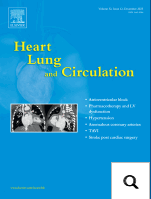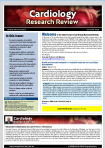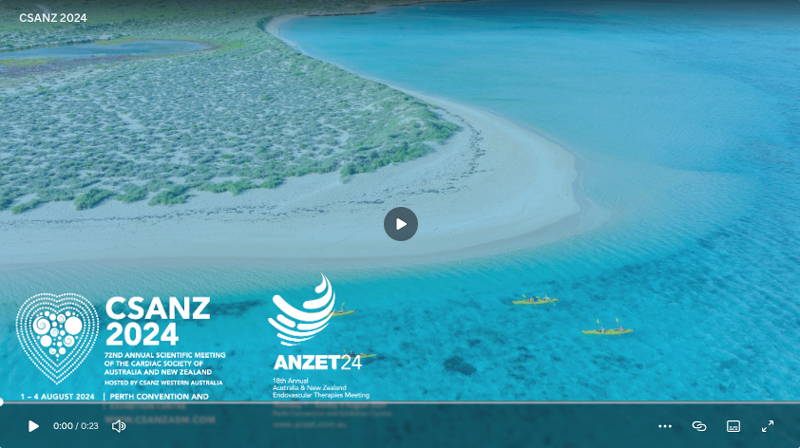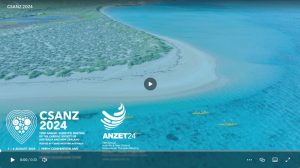Over the last 12 months the Parent Bodies and Conjoint Committee for CTCA Training Guidelines have reviewed and approved changes to the requirements for CTCA recognition.
The changes come into effect on 1 July 2024 and can be found on the CTCA Recognition of Training Guidelines website.
A separate email will be sent to you confirming when these changes apply to you. If you have any queries you may have after checking the website, please contact [email protected]







